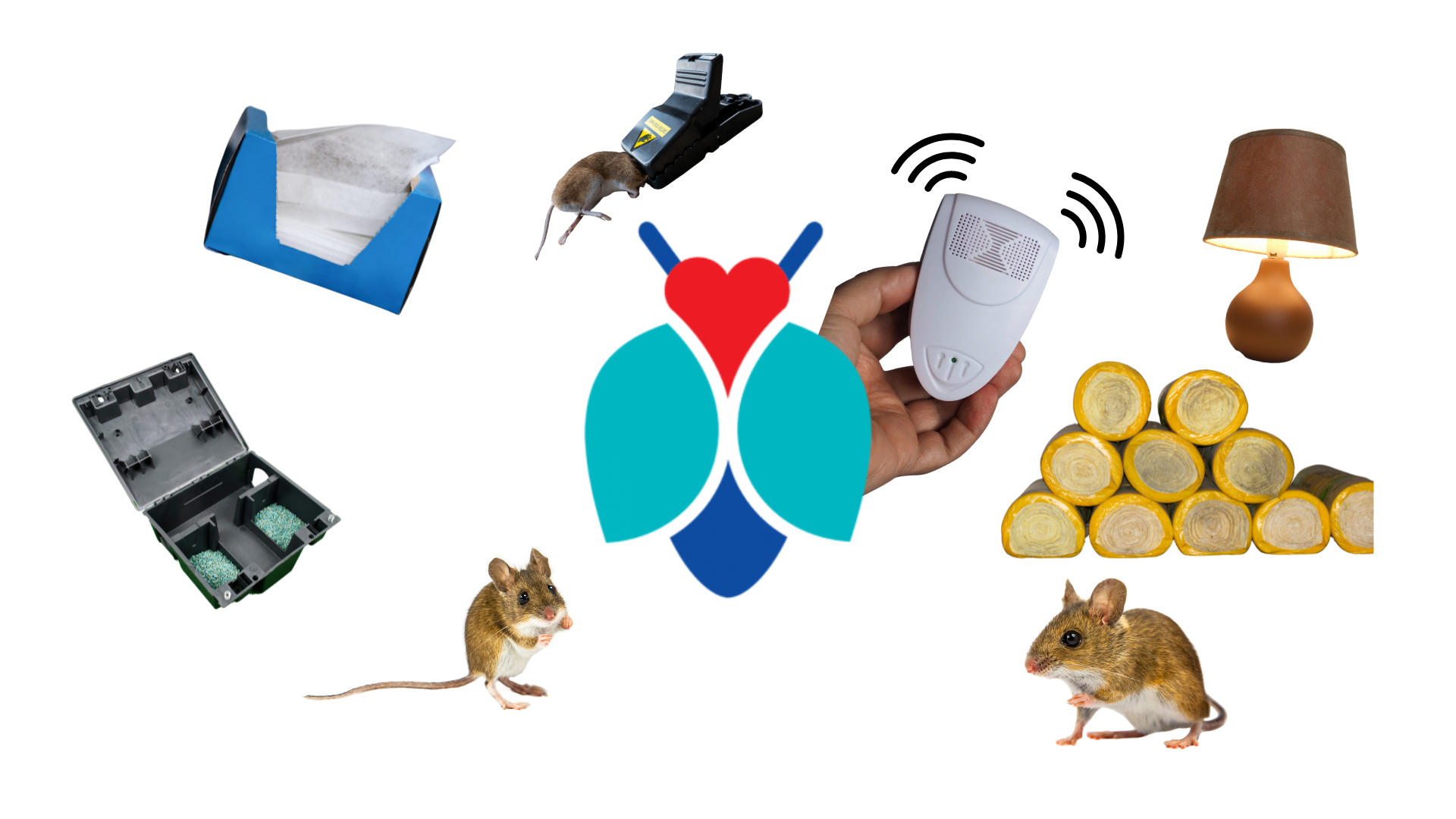There are Many Different Mouse Prevention Myths and Tactics. But not all of Them Work as Advertised. BOGO is Here to Debunk the most Common Myths about Mouse Prevention.
The Most Common Myths about Mouse Prevention
(Click each myth to keep from scrolling)
If you have any questions or concerns or would like to schedule an appointment call us or send us an email
Call Us Today! 952-404-BOGO (2646)
Share This Page!
Dryer Sheets

The Myth about Dryer Sheets
Dryer sheets are made out of polyester and covered with positively charged ions. This gives off a very nice strong smell that us humans enjoy. According to the industry mice and rats are repulsed by the smell. To keep mice out of an area they say to wipe the surface of the furnishings in the room with dryer sheets so that all the objects in the room have the dryer scent on them. The sheets are meant to act as a deterrent so that mice won’t enter a space where the dryer sheet smell is present.

The Truth about Dryer Sheets
Dryer sheets will not solve a mouse problem! Mice can and will adapt to the smell of them and continue roaming around the home as they were before. Mice will only be repelled by the smell for a few days, and by then the sheets lose their scent anyway. Once they lose their scent mice will chew on them and use the material to make nests inside your home. Dryer sheets should never be used as a long-term solution to keeping mice outside of the home.
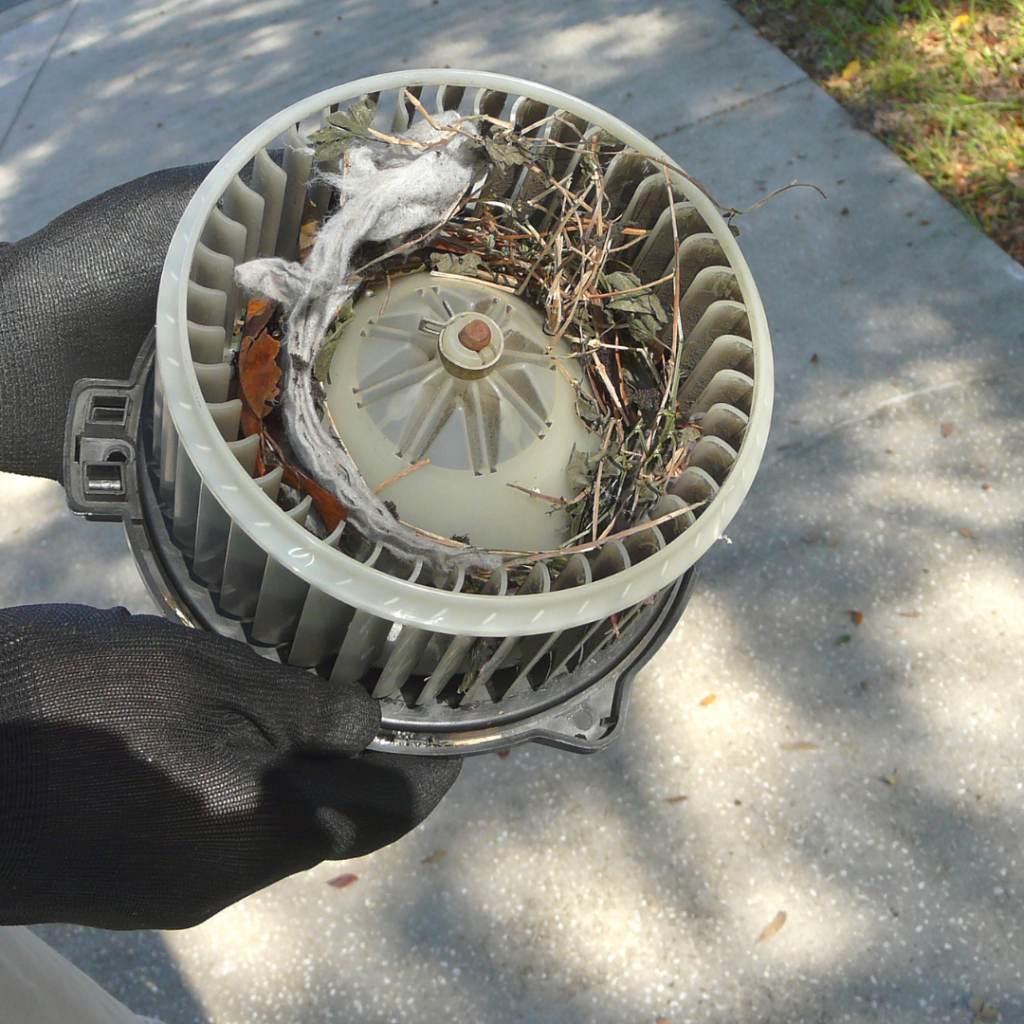
The Only Effective Purpose for Them
The only reason anyone should ever use dryer sheets to help get rid of mice is to keep mice out of vehicles such as boats, cars, and RVs. Primarily those that don’t get used daily or sit in storage during the winter months. It’s important to remember that this is not going to be 100% effective. But it is better than doing nothing. Dryer sheets that are being used for this purpose still lose their scent and will need to be replaced over time. Place the dryer sheets in the trunk, under the hood, in between the seats, inside the exhaust, and behind the wheels. Again this is not a long-term solution but will make a difference for some time.
Peppermint Packets
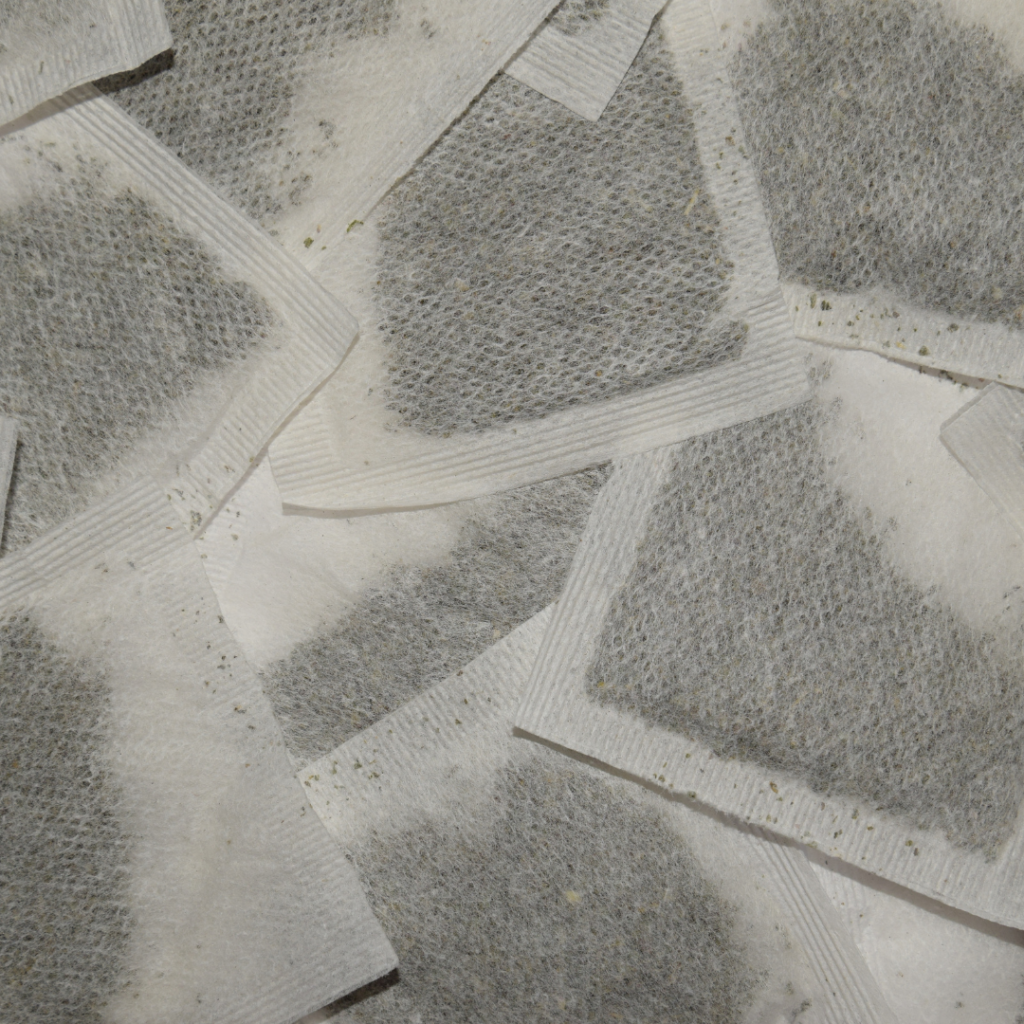
The Myth about Peppermint Packets
Peppermint packets are used as a natural repellent to keep mice out of the home. Since mice have a sensitive sense of smell the strong odor released from the packets irritates their nasal cavities. This then draws them away from that specific area where the packets are located. Peppermint packets are to be placed in every spot in the home that is suspected of mouse activity.
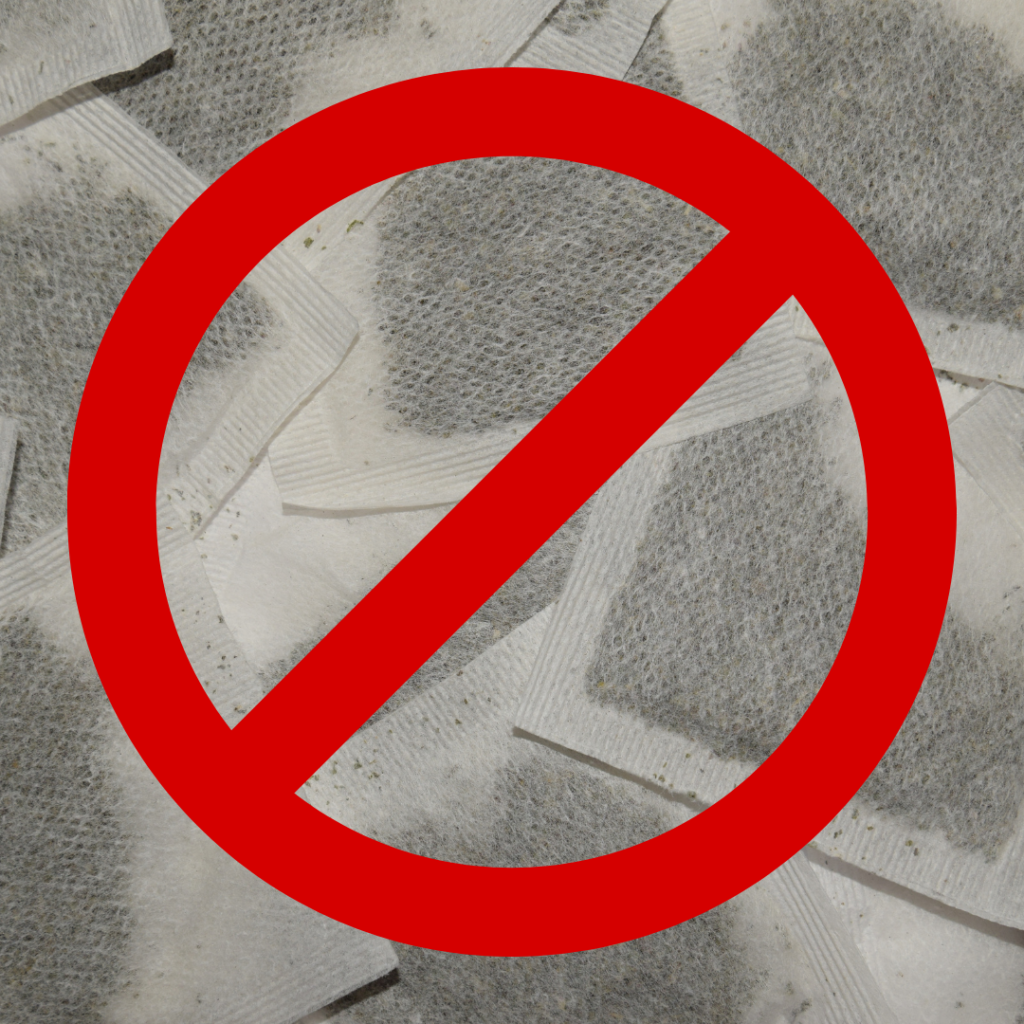
The Truth about Peppermint Packets
Peppermint packets will not solve a mouse problem! Mice live outside for most of the year. They have grown accustomed to dealing with all types of different smells, and these peppermint packets are not an exception. If you decide to try them out the mice may be irritated for a short time but mice are smart enough to realize that the smell isn’t harming them or making them sick. After a while, the mice will grow accustomed to the smell and will even chew on the packets and the contents inside them to use as nesting material.

The Only Effective Purpose for Them
Peppermint packets should only be used as an absolute last resort for a mouse problem. Depending on where you live or if you’re seeing mice at your work. It may be close to impossible to seal the entire structure from the outside. This goes for apartment complexes, warehouses, townhomes, ext. No one should resort to just the packets alone to solve a mouse problem. You must seal any if not all entry points first. Just as another reminder, peppermint packets will not solve a mouse problem. Do not expect to stop seeing mice inside. They may buy you some time but as a long-term solution, the only way to keep mice out is to seal up any entry points from the outside.
Leaving the Lights on
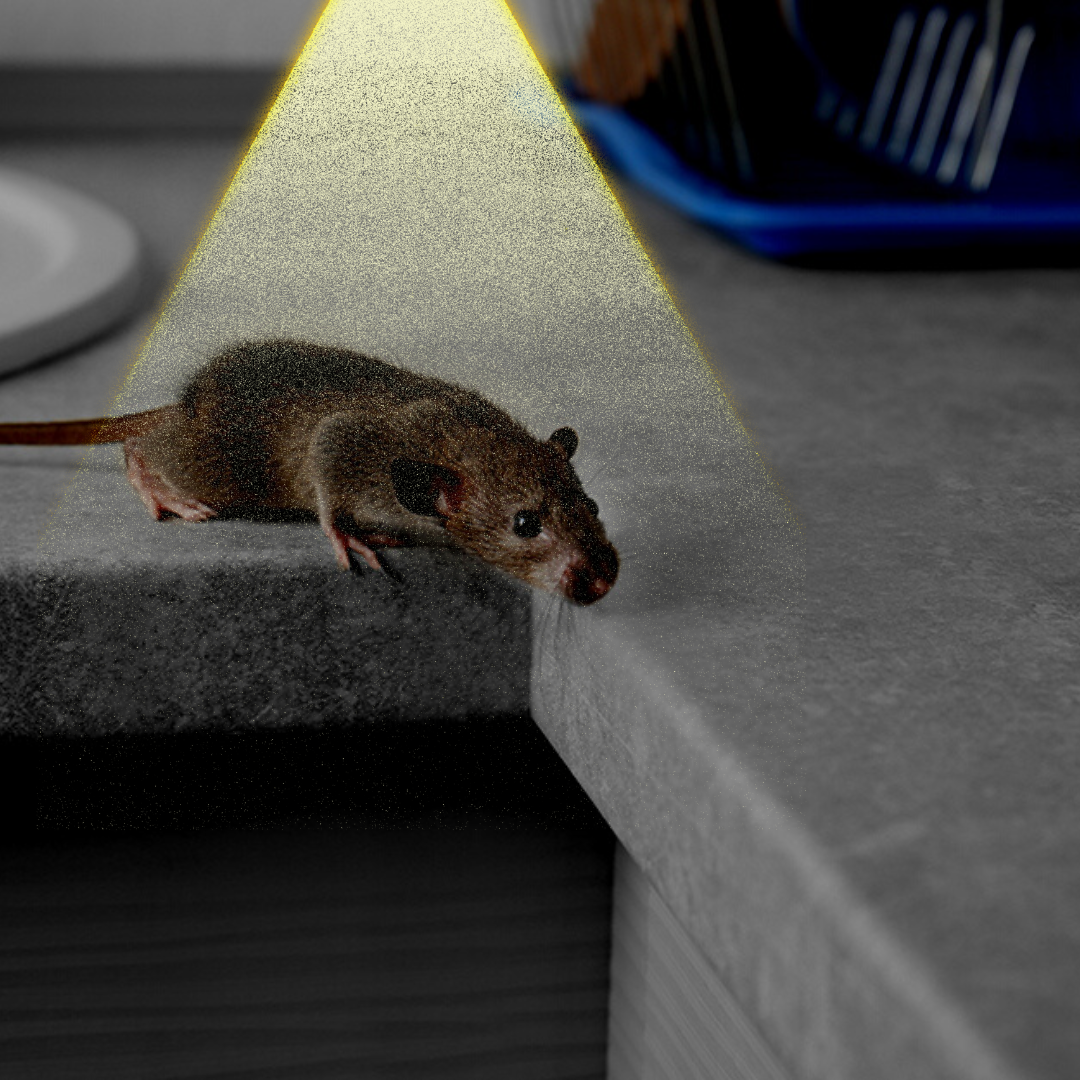
The Myth about Leaving the Lights on
Mice are nocturnal. This means that naturally, they have evolved to be sensitive to bright light. Turning on all the lights outside and inside should repel any mice from making their way inside the home. Keeping the lights on also makes it more difficult for mice to find dark places to hide away from predators. Especially on the outside of the home keeping lights on will make it easier for other animals to eat the mice.
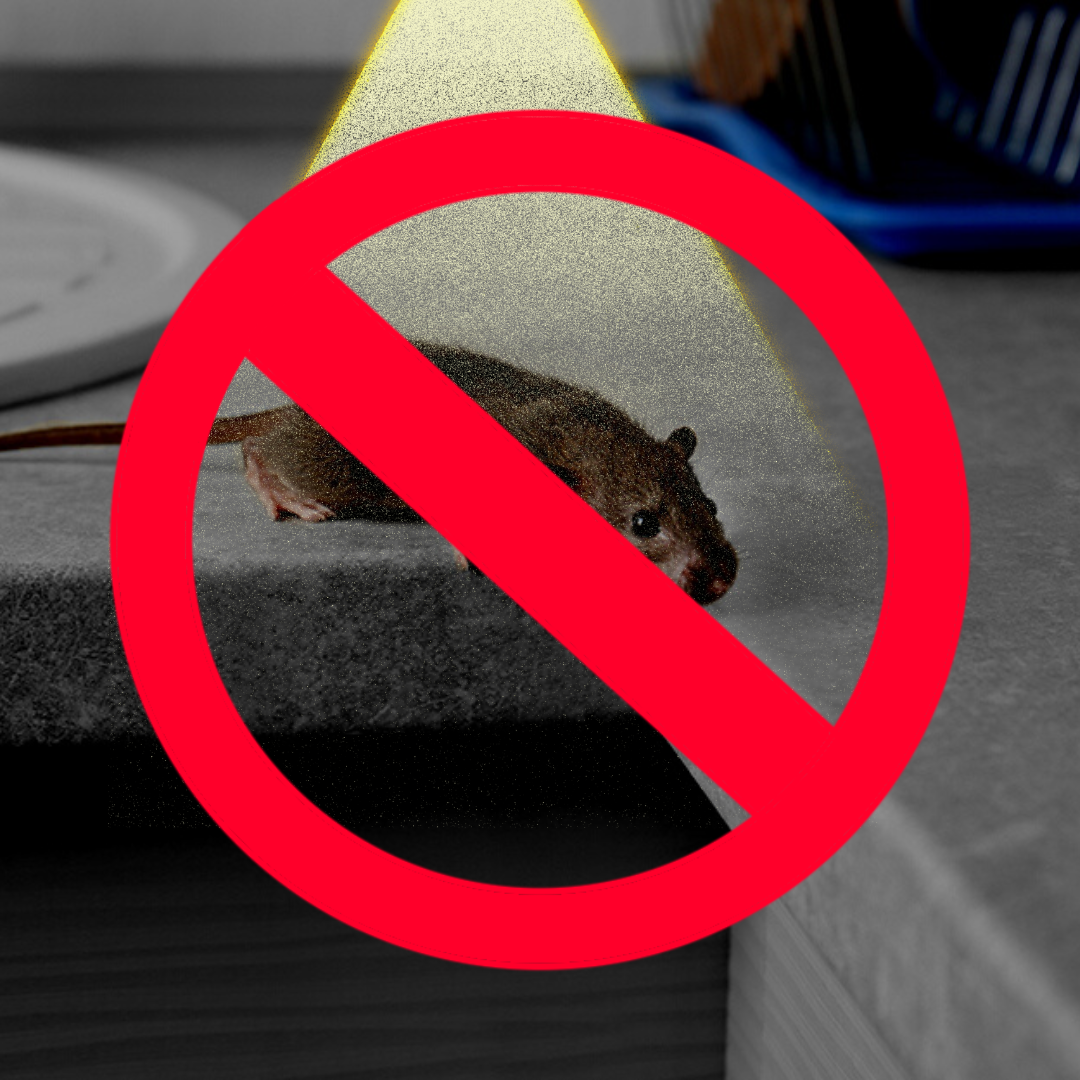
The Truth about Leaving the Lights on
Leaving all the lights on will not solve a mouse problem! By leaving the lights on inside the mice will still be able to find a dark corner or room where they will feel safe. Even if there was a way to keep the entire house lit 24/7 this will quickly become more annoying for the homeowner than it would be for the mice. Leaving the outside lights on also won’t help because again mice will still find a dark place to hide. Whether it’s under a bush next to your house or inside a crack in the foundation. They also use their sense of smell more than they use their eyesight. Their noses will still lead them toward a well-used entry point whether the lights are on or off.

The Only Effective Purpose for Them
The only effective way to use lights to help repel mice is by using outdoor lights. This is not going to be 100% effective but there’s a chance if you use bright motion-censored strobe lights that the mice might get scared and run away. This really will only affect mice that are moving in the middle of the night. It also won’t deter mice away if your home has thick foliage such as trees and bushes or vines that are touching the house. If there are lots of plants around the home mice will feel safe hiding right next to your home and still find a way inside. If it’s still bright out or near dusk or dawn the strobe lights will lose their effectiveness and mice will most likely bypass them. Again leaving lights on should not be used as a solution for solving a mouse problem!
Rodent-Proof Insulation

The Myth about Rodent-Proof Insulation
One of the different kinds of rodent-proof insulation is the insulation that uses loose-fill fiberglass. Because it is looser than regular fiberglass it keeps mice from tunneling through it since it is most likely to collapse on itself. Another pest-proof insulation works the same way but is called cellulose insulation. The cellulose insulation is made out of recycled, ground-up paper and boric acid. This makes the insulation looser and harder to tunnel through and the boric acid is used as a pest-repellent and makes the insulation fire-resistant.

The Truth about Rodent-Proof Insulation
The truth is there is no such thing as rodent-proof insulation. If you are already dealing with a mouse problem changing out your insulation will not make the problem go away. Mice will continue nesting and living inside your home no matter what insulation you have. As for airborne diseases, these will only affect homeowners who are inside the attic and moving the attic insulation around. This will cause the hantavirus to become airborne inside the attic space. However, most mice in Minnesota do not carry the disease. There have only been 2 recorded cases of hantavirus in Minnesota between 1993 and 2021.

The Only Effective Purpose for Them
The only real reason to buy “rodent-proof” insulation is if you’re home needs new insulation. There is no actual benefit in choosing insulation that is advertised as being pest or rodent-proof. The only benefit is that your home will now have new insulation. A few reasons why you may need new insulation inside your home are; if there was a moisture problem in the home and the insulation is covered in mold. A second reason would be if it’s an older home with old insulation that is no longer effective in insulating the home.
Ultrasonic Rodent Repellent
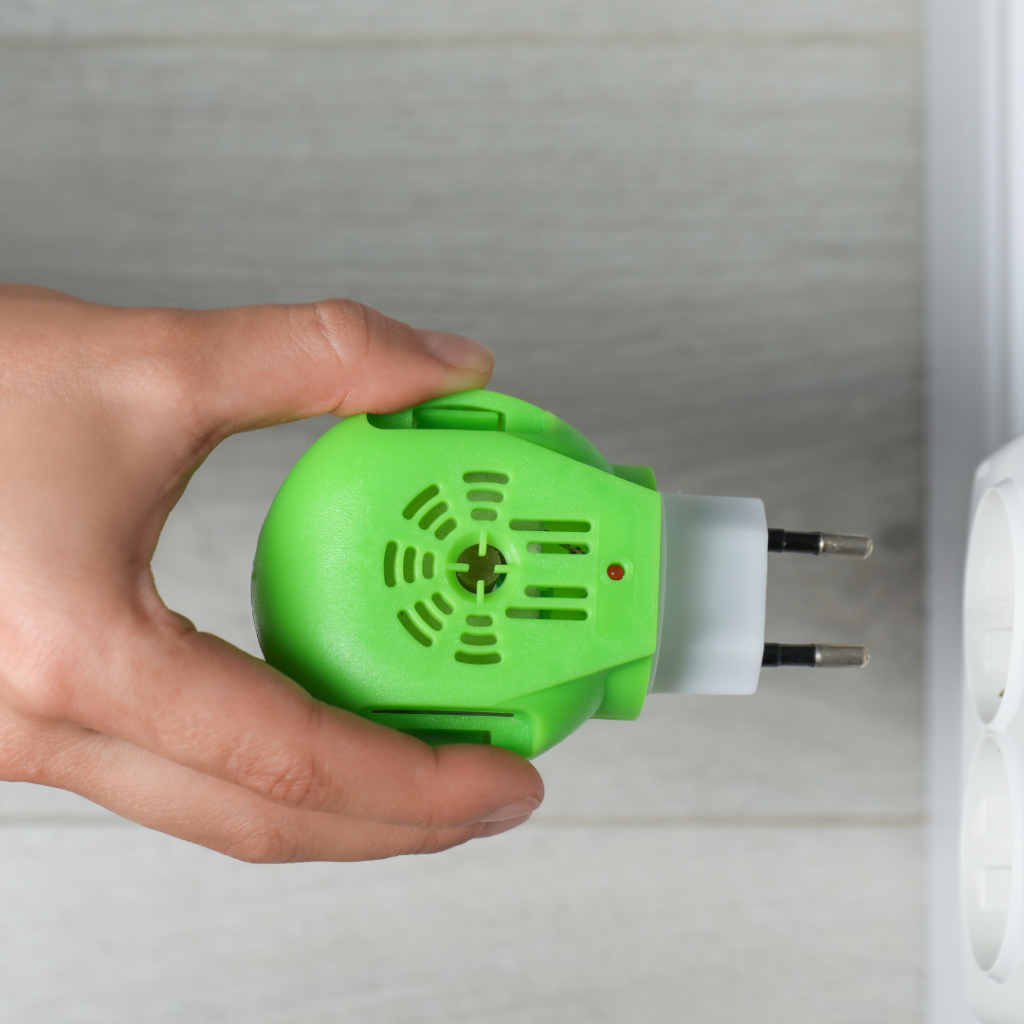
The Myth about Ultrasonic Rodent Repellent
Ultrasonic rodent repellent is an electronic device that plugs into the wall. It continuously emits a sound in the ultrasonic frequency so that only mice or other pests can hear it. The sound that is made is supposed to irritate any mice from going near it and in turn, keep them out of your home. Some devices are even said to repel insects as well. You are supposed to plug the devices into rooms that are vulnerable to rodent and insect activity.
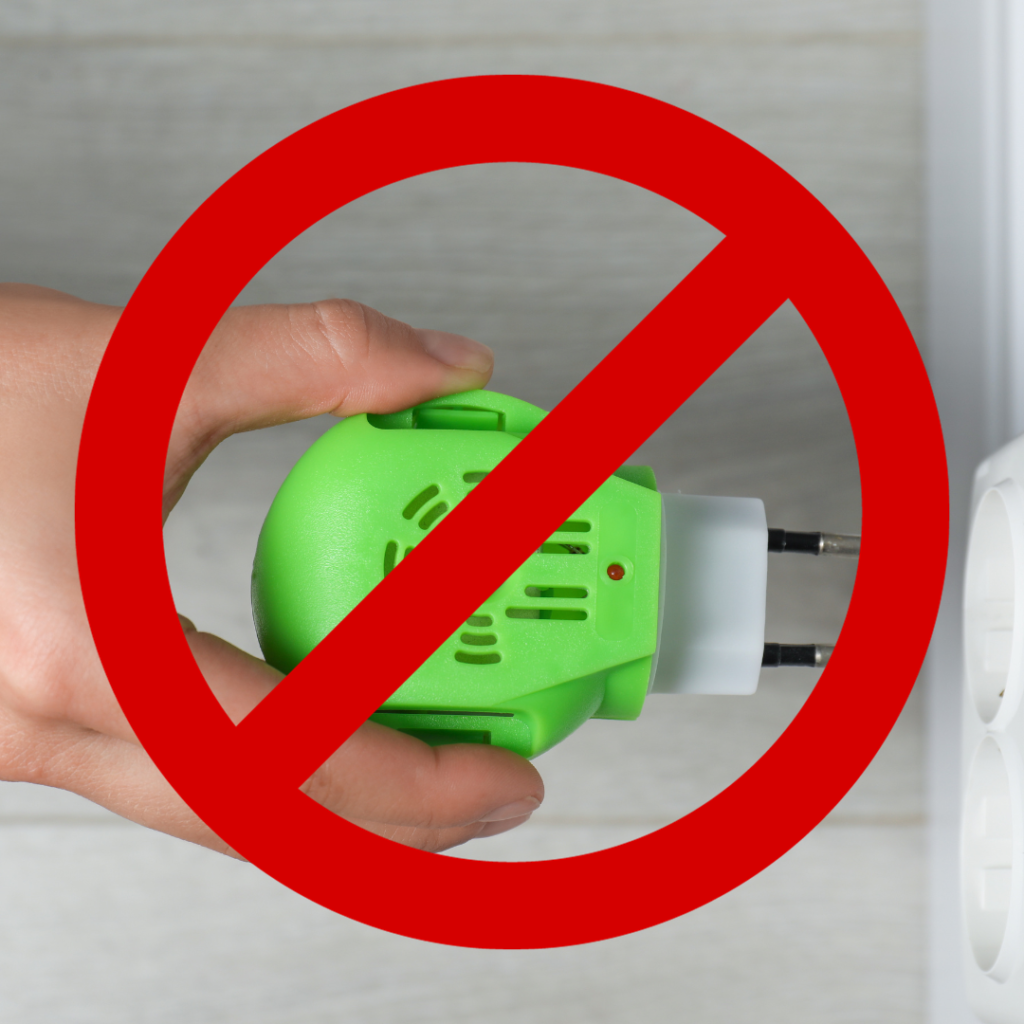
The Truth about Ultrasonic Rodent Repellent
Ultrasonic rodent repellent will not solve your mouse problem! It’s a fact that in the 1980s the federal trade commission (FTC) charged the manufacturers of the repellent for false advertising. These devices didn’t work in the 80s and do not work now. Mice have evolved to become well-adapted to changes in their environment. When using these devices the mice will soon pick up on the fact that it may be slightly annoying but it isn’t causing them any harm. Once they find this out they will continue roaming freely inside the home as they were before the ultrasonic devices were plugged in.
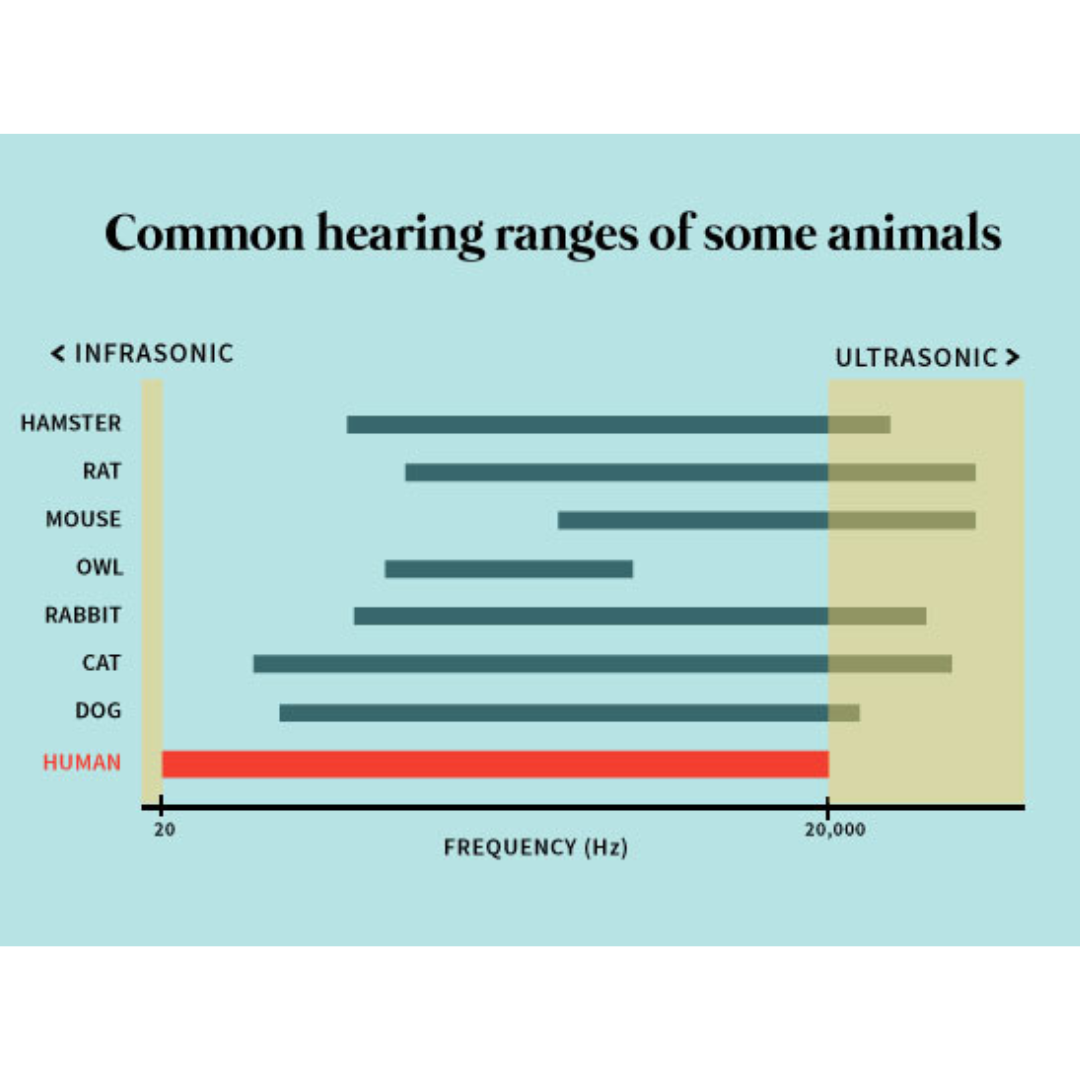
The Only Effective Purpose for Them
Ultrasonic repellent has been studied in various labs and controlled settings to determine its effectiveness. None of these studies have come back positive in repelling mice. One study done by Kansas State in 2002 showed that the repellent helped with repelling crickets but not cockroaches, ants, spiders, or mice. So going forward don’t waste your money on these products. There is also a chance that using these devices may agitate some of your pets such as cats, hamsters, or Guinea pigs who can also hear in the ultrasonic frequency. Visit the International Association of Certified Home Inspectors for more proof. Click Here
Rodent Repellent Spray

The Myth about Mouse Repellent Spray
There are many different kinds of rodent spray repellents. All sprays are formulated with an essential oil blend that is designed to repel mice away from any sprayed areas. Many companies advise customers to spray their foundation from the outside to keep mice from getting into the home. Different sprays also say that they repel other rodents from getting into your vegetable garden such as bunnies, squirrels, voles, ext. The spray has a strong scent that deters all rodents inside and out.
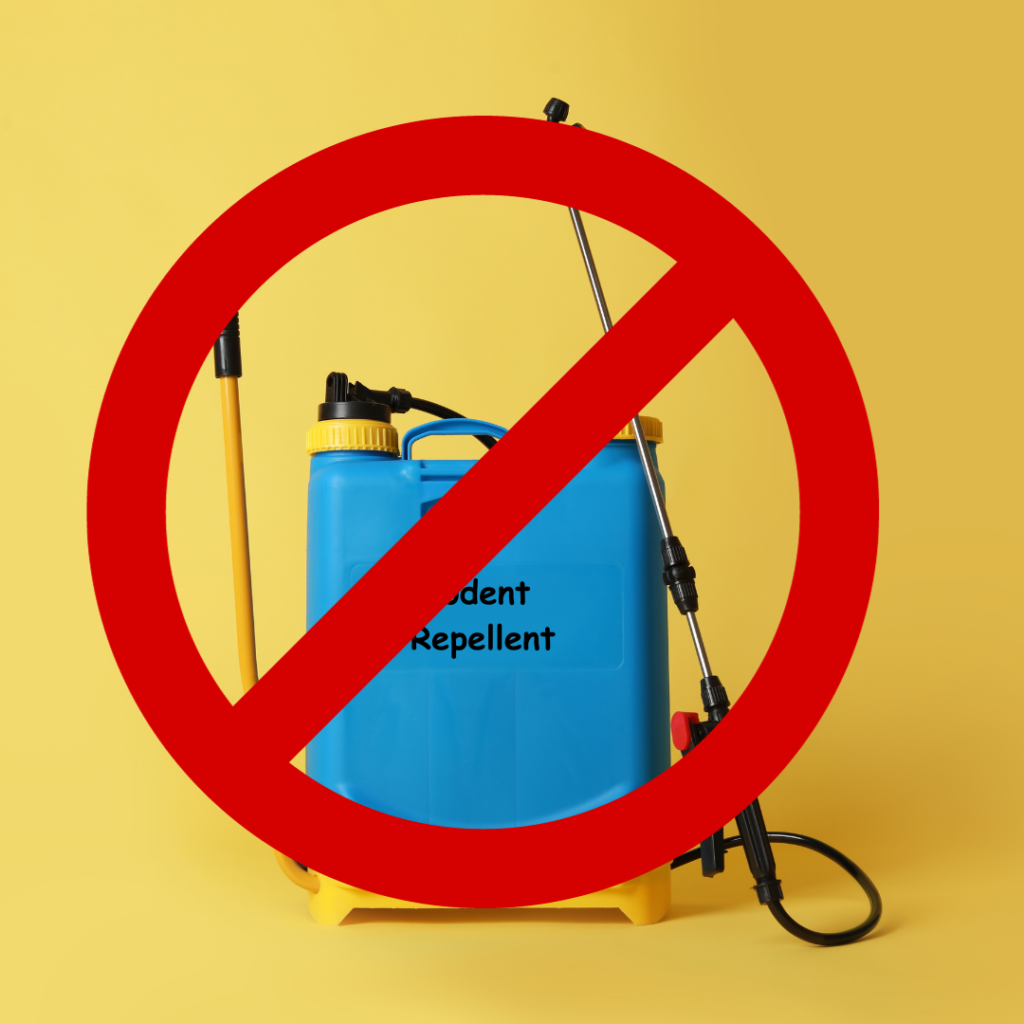
The Truth about Rodent Repellent Spray
Using rodent-repellent spray will not solve your mouse problem! Even though there seem to be 100s of different types of rodent repellent sprays none of them are effective in keeping mice out of your home or garden. Most of them will either not work for long periods or not work at all. Similar to the rest of the D.I.Y rodent repellent products mice will quickly learn that even though the smell may be irritating for a short time the scent isn’t endangering them or affecting their health. So after a while, the mice won’t even realize it’s there and continue infesting the home or garden as they were before.

The Only Effective Purpose for Them
The only effective use for a rodent repellent spray would be to use it to prevent rodents from getting into a garden outside your home. Because most gardens do not have the plants inside an enclosed structure the next best option to keep rodents from eating your vegetables would be to try a repellent spray. Do not spray the vegetables themselves but a barrier along the garden’s perimeter. All of these products are either temporary or extremely unpredictable as the scent from the spray eventually fades away. As for spraying it on your home, that will not keep mice from getting inside. Again the most effective way to keep mice out is to seal any cracks or openings that the mice are using as entry points.
Poison Bait Stations Inside your Home

The Myth of Using Poison Bait Inside
Installing poison bait stations inside homes has been a tactic used by pest control companies for 100s of years. The stations are placed strategically in areas in the house that are suspected of having rodent activity. The pest control company then charges the customer a monthly fee for going and checking the stations to refill them with more bait as necessary. Over time the rodent problem should be resolved as the mice that get inside continue to eat the poison bait and die. The problem will continue if the customer decides to stop paying the pest control company to keep coming back.
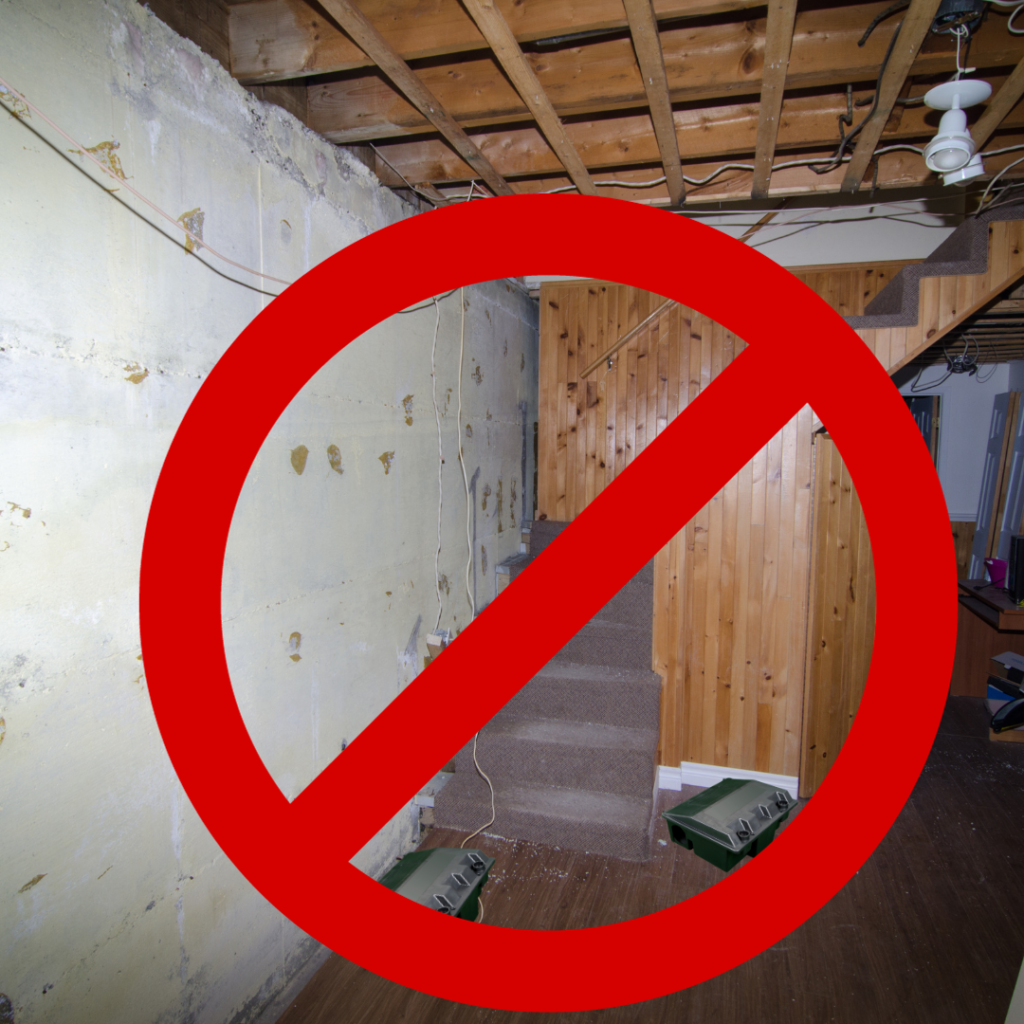
The Truth of Using Poison Inside
Using poison inside your home will not solve a mouse problem! Many companies that use this method are forcing their customers to sign contracts to “solve” a mouse problem. Poisoning mice will not stop them from getting inside. When the mice eat the poison there is no telling where they will die. It may die inside a wall and leave a foul smell, it could die somewhere where a pet may find it, or it could die in a living area that would scare a homeowner when it is found. This tactic is illogical. Considering mice are coming in from the outside and you’re placing the stations inside for the mice to find. No matter what they are still going to be in your home roaming around.

The Only Effective Purpose for Them
Poison should not be used inside any home unless it is in the attic. BOGO only baits attics of townhomes and homes that mice can climb. Including homes made of stucco or brick and homes with brick or stucco chimneys. There is also the scenario in the winter when roofs are covered in snow so we won’t be able to get it sealed for mice until spring. In these specific cases poisoning the attic may be the best option for meditating the population of mice living inside. There are also risks in doing it yourself that sometimes the poison thrown into the attic was stored outside and may be contaminated with insect larvae.
Leaving Traps Outside
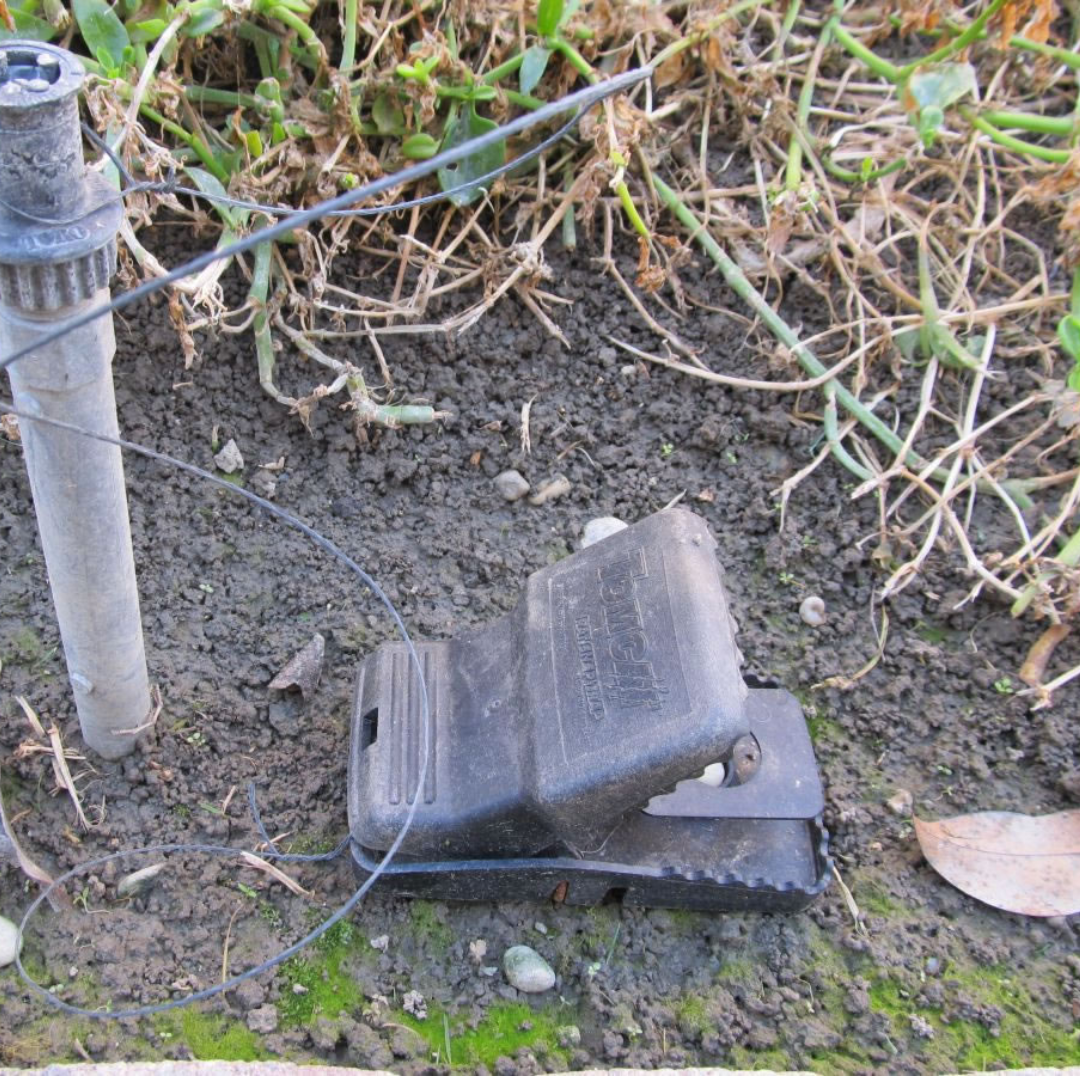
The Myth about Leaving Traps Outside
Many people use snap traps outside their homes and in their garages. This tactic is used to cut down the population of mice living outside the home. In turn, this will mean that no more mice will get inside. Sometimes different traps such as glue boards are also used. Pest control companies that do this also believe that a mouse problem isn’t solved by sealing up entry points. Instead, they believe it will be solved by killing all the mice living around the home.

The Truth About Leaving Traps Outside
Leaving traps outside will not solve a mouse problem! Trapping mice outside a home that is dealing with a mouse problem is like putting a band-aid on a bullet wound. It’s not fixing anything. It’s impossible to trap every single mouse that lives outside. Mice breed all year round. They can have up to 10 litters a year with 5-6 young per litter. A mouse can also start breeding when they are 6-8 weeks old. No one will ever be able to cut down the population of mice living outside to 0. Traps inside garages are also doing the same thing. Mice will almost always be able to find their way around a garage door whether it’s open or shut. The rubber weather stripping is easy to chew through for any rodent.

The Only Effective Purpose for Them
The truth is snap traps or any other mouse traps like glue boards are great tools for killing the mice inside the home but when placed outside you’re at risk of injuring non-target animals including pets. There have been instances where birds have even gotten injured or died due to running into a snap trap or glue board outside. If you have kids playing outside, they could also get injured finding one lying on the lawn. The only place you should use snap traps is inside your home or garage. You will never be able to keep 100% of the mice out of the garage but traps can be used to help keep the number to a minimum. When placing them inside, we recommend placing them in unfinished rooms and off the ground. When mice come in from the outside, they will pop up on top of the foundation wall.
Click Below to Learn More About BOGO’s Signature Mouse Service
BOGO Provides Pest Control Services For the Twin Cities and Beyond! Just a Few Cities We Service For Include;
Anoka|Apple Valley|Bloomington|Burnsville|Coon Rapids|Champlin|Chanhassen|Deephaven| Delano|Eagan|Eden Prairie|Edina|Elk River|Excelsior|Golden Valley |Independence|Lino Lakes|Long Lake|Maple Grove|Maple Plain|Medina|Minneapolis| Minnetonka|Minnetrista|Mound|New Brighton|North Oaks|Orono|Prior Lake| |Plymouth|Ramsey|Rogers|Shoreview| Shorewood|Stillwater|St. Louis Park|St. Paul|Victoria|White Bear Lake| Wayzata|Woodbury|
If you have any questions or concerns or would like to schedule an appointment call us or send us an email
Call Us Today! 952-404-BOGO (2646)



